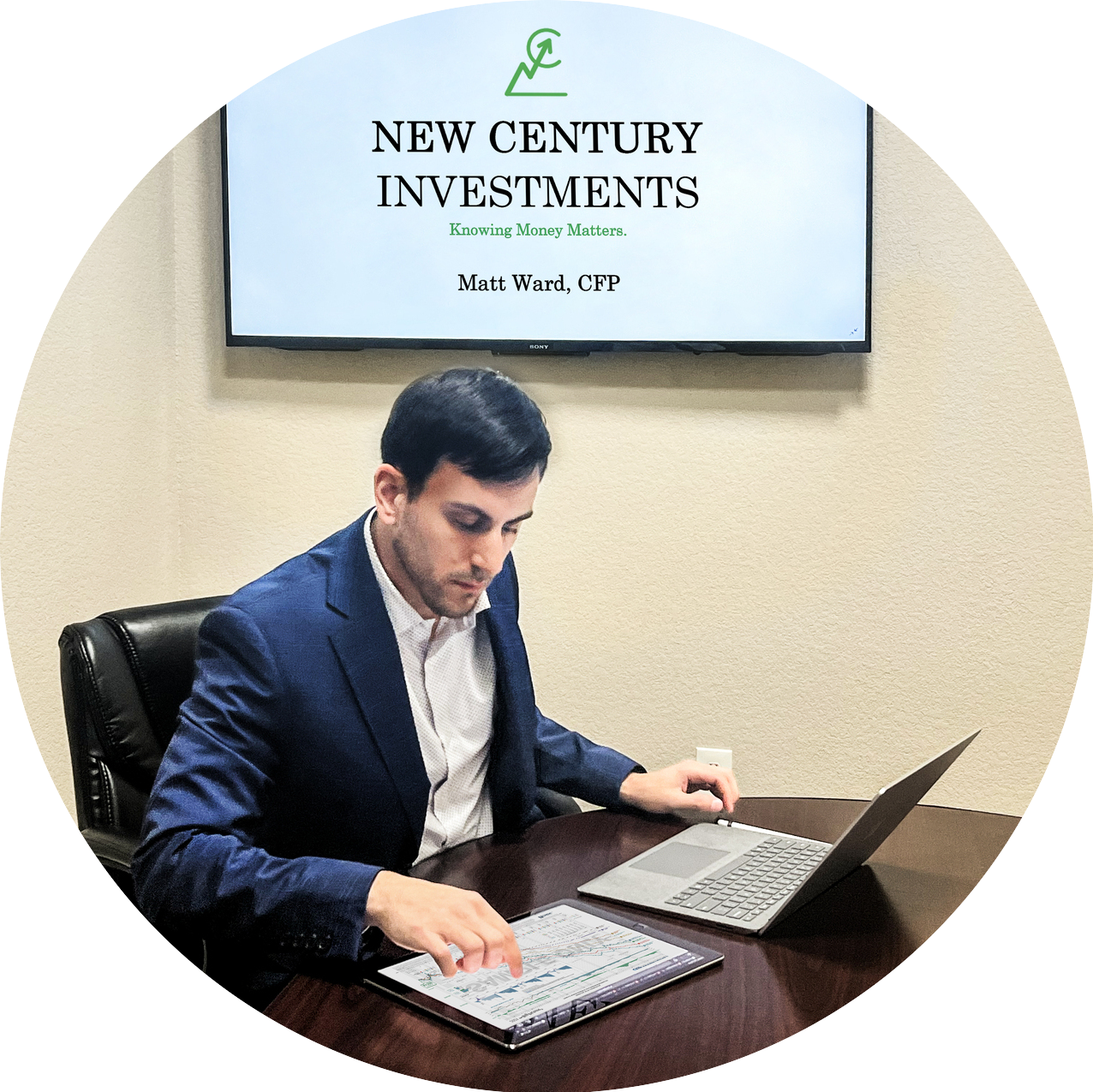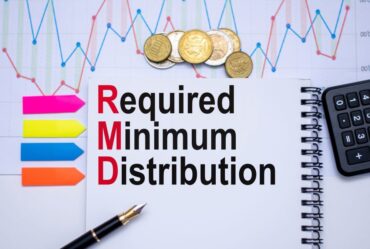I have 3 test cases below of actual clients who use our service. I will substitute their names to maintain client confidentiality.
1)The first client is David. David now owns 6 specialty compounding pharmacies. David did not start with 6 pharmacies. He started working at CVS and quickly rose to the ranks. We worked with him on his tax preparation. This was how we became closely associated with David.
David approached us after a few years of working together and asked if we had any strategies to help him structure a plan that built wealth for his family. Now, we have a different client that we work with who has ownership of 33 pharmacies. This different client networks and creates strategic partnerships, looking to expand his network of hotel investors and other pharmacists. Long story short, we connected the 2 individuals and now David has gone on to become a partner in 6 pharmacies with the different client. David started with an income of $120,000 at CVS and now has a net worth of $8,000,000 and an income of $600,000. Our guidance allowed him to not only achieve his wealth goals but also, we built a tax strategy for him that saves him over $45,000 each year. David has created an LLC that operates as the primary shareholder in his 6 S-Corporations. S Corporations save money on self-employment taxes. We also set up SEP IRAs for him, his wife, his children, and his partners. They maximize their savings, adding $61,000 per year into the accounts. The SEP IRA is a pre-tax vehicle and reduces his AGI dollar-for-dollar.
David uses our services for bookkeeping, tax preparation, investment management, wealth building, leveraging strategic partnerships, and financial planning. Each year, the SEP IRA savings is $22,570. (David is in the top tax bracket of course.) The S Corporation saves him 15.3% in self-employment taxes. He pays a salary of $95,000 thus saving $20,500 from OASDI & HI taxes. This is total tax savings of $43,070 per year that David has back in his pocket.
2)The second client, John, is a real estate professional. John files a Schedule C (aka he is a sole proprietor). His wife, Sally, also files a Schedule C for her very small business, grossing about $25,000 in income. Sally operates a small online retail clothing company. John, the real estate professional is the breadwinner earning approximately $300,000 per year.
John is a savvy taxpayer. He understands some of the intricacies of the tax code, however, he was not aware he could take it one step further.
Before John came to us, he was filing his wife’s income under his own social security number. John’s Schedule C was being filed in John’s name. What I mean is John was avoiding his wife paying into OASDI and HI (Social Security & Medicare taxes) because he called himself the owner of both his real estate business and his wife’s retail business. So, on paper, John was the only one making any income. Now, they have 2 small children and Sally does work. So, they were not claiming the childcare and dependent tax credit. (The rules say that both spouses must work to claim the credit.) We ran a side-by-side analysis of both scenarios. If John instead filed the second Schedule C (his wife’s) under her own social security number, then both parents were considered working, and they would be entitled to the tax credit. Now, you may be thinking, yeah, but now Sally must pay into Social Security and John already exceeded the social security wage base of $142,800 (remember he makes 300K), so why would we recommend this?
We advised that Sally pay the social security taxes at 12.3% & medicare at 2.9%, receive the dependent tax credit, and then put 100% of her income into a Self-Employed 401K. After all, they don’t need her income as John’s 300K+ supports them.
All in, paying the social security on $25K cost $3,075, the dependent credit in 2021 that John and Sally received was $8,000 in 2021 (that will come down after COVID relief) and the tax savings for putting the $25,000 into the Self-Employed 401K will be 32% of the 25K or another $8,000. In future years, now that the dependent care credit has stepped down after the COVID relief program, we encouraged them instead to open a Dependent Care FSA. This will grant them savings of $1,600 per year. We also created an S Corporation for John’s real estate income. John is going to choose instead to pay himself wages, thus reducing the amount he pays into OASDI & HI (15.3% of savings).
Since an S Corporation mandates that you pay yourself a reasonable salary, John will pay himself $80,000 in wages, and the rest will be classified as a distribution will be reported on his K-1 tax form. Basically, the $220,000 (300K-80K) all avoids the 2.9% Medicare and the 12.3% Self Employment tax. So that is $13,600 in savings. The last thing we are doing with David is utilizing the home office deduction. He charges his S Corporation reasonable rent for the space. Thus, David can pay a portion of his mortgage out of his S Corporation and that is a completely deductible expense! And at 32% on the $6000 of “reasonable” rent, he saves another $1920. In future years, we expect John’s taxes to be about $24,200 less than when he initially started with us. He also has amassed over $1,000,000 in savings in 5 tax years.
3)The third and final client I will mention today is a client named Tina. Tina is married to Steve. Steve does not work. He stays at home. Tina works for a company as a regional director. Tina earns stock options, bonuses, and a healthy $460,000. Tina and Steve have a college-age child, and they are looking for ways to maximize their wealth.
Now, Tina is taking advantage of every opportunity she can with tax savings. She was not claiming all deductions before working with us. We have encouraged them to come up with a strategic plan that builds wealth and is tax efficient. We suggested taking the stock options and diversifying them into broad asset classes, which have a higher risk/reward profile than the individual stock she owned. Additionally, Steve was interested in possibly getting a license to sell real estate. This is important because sure, they can purchase a rental home, but they will be subject to the at-risk and passive activity rules if Steve is not a real estate professional.
Refer to the case above with John and Sally. Recall John is a real estate professional. These rules are outside the scope of this letter, but basically, John can write off a lot more than Tina and Steve here, if Steve chooses to just own and manage a rental property passively vs actively. For Steve, if he chooses to get into the real estate profession, then he will be able to take more deductions like John in the case above.
Now, owning a rental property passively still has tons of advantages for tax purposes. We say there are 4 ways that a rental property makes money. 1) Building Appreciation 2) Building and item Depreciation 3) Land Appreciation 4) Rental Income. If Steve chooses not to pursue a career in real estate, then they will still be able to claim depreciation and receive income write-offs.
This year, Steve and Tina when reporting the rental will receive income from the other roommates who pay their mortgage for their college-age child. In addition to receiving the income, they will probably not report any taxes on it, especially in the first year when more expenses are incurred to purchase and set up the home. With our plan, this strategy saves them $5-8000 in taxes per year. And when Tina and Steve go to sell the property, they will recapture under Section 1250 up to a maximum of 25% (reduced) and long-term capital gains rate at 20%. So assuming a growth rate of 6% per year, they will end up saving $12,500 in taxes on the sale at the end.
As always, for any client who wants to know what type of savings they should expect, then please feel free to reach out by phone at 817-238-6300, or feel free to go online and schedule an appointment.
About Matt
Matt Ward is a financial advisor and the president of New Century Investments, an independent investment advisory firm serving business owners, pre-retirees, and retirees in the Dallas-Fort Worth area and beyond. Matt is passionate about integrating investing, planning, and tax management into a holistic approach. Matt’s breadth of knowledge and experience in both taxes and investment management sets him apart, giving him the ability to design, advise on, and manage business strategies, tax efficiency, and retirement planning. He is known for his care and attention to detail and works hard to develop personal relationships with each of his clients so they can benefit from his customized service and guidance. He loves walking with his clients through their financial journey, supporting them and celebrating with them as they reach their goals.
Matt graduated from Texas Tech University with a bachelor’s degree and is a certified financial planner™ and chartered retirement planning counselor℠ professional. When he’s not working, you can find Matt hiking, playing the guitar, and spending time with his family. To learn more about Matt, connect with him on LinkedIn!
Matt’s Corner





